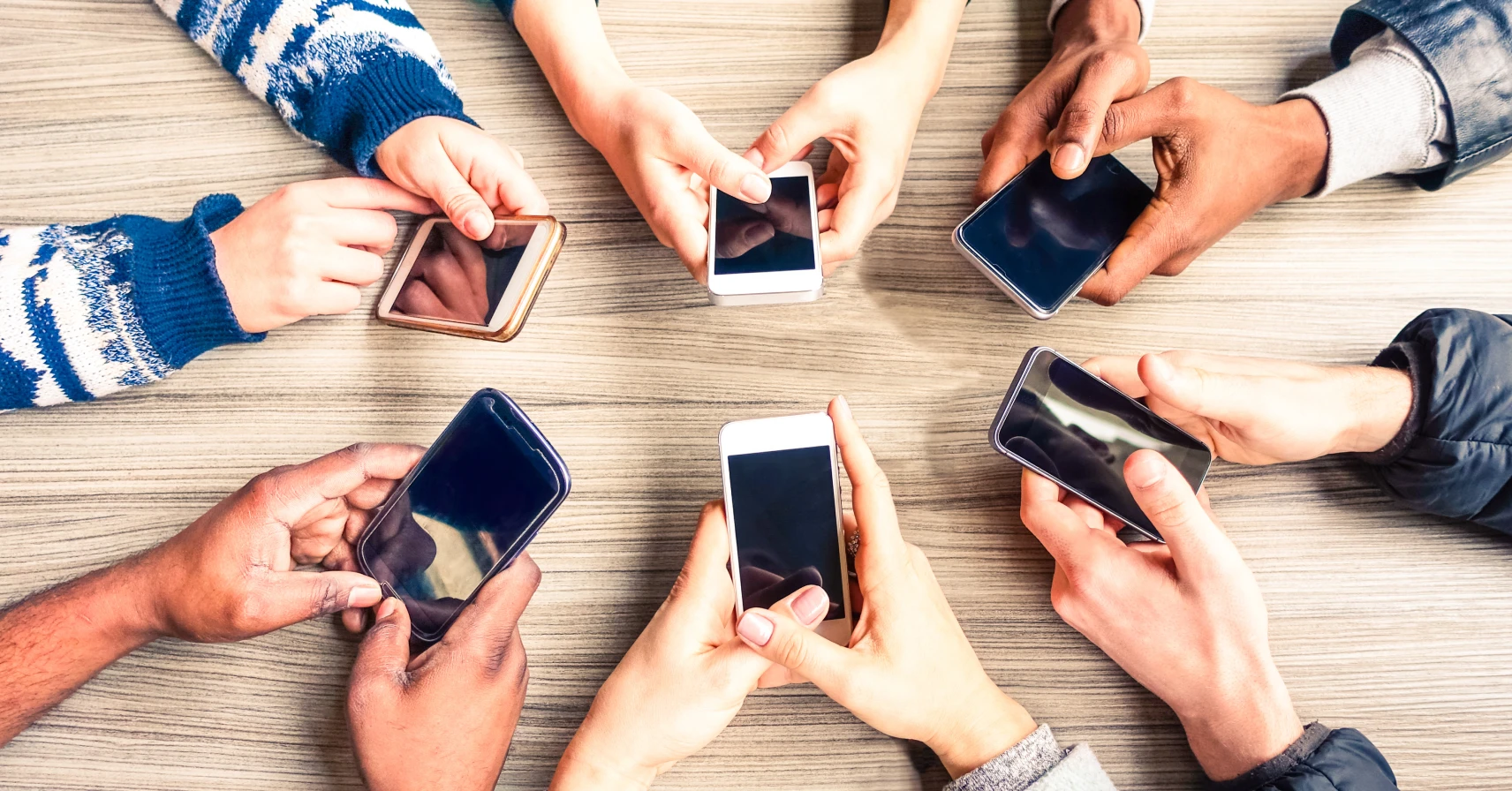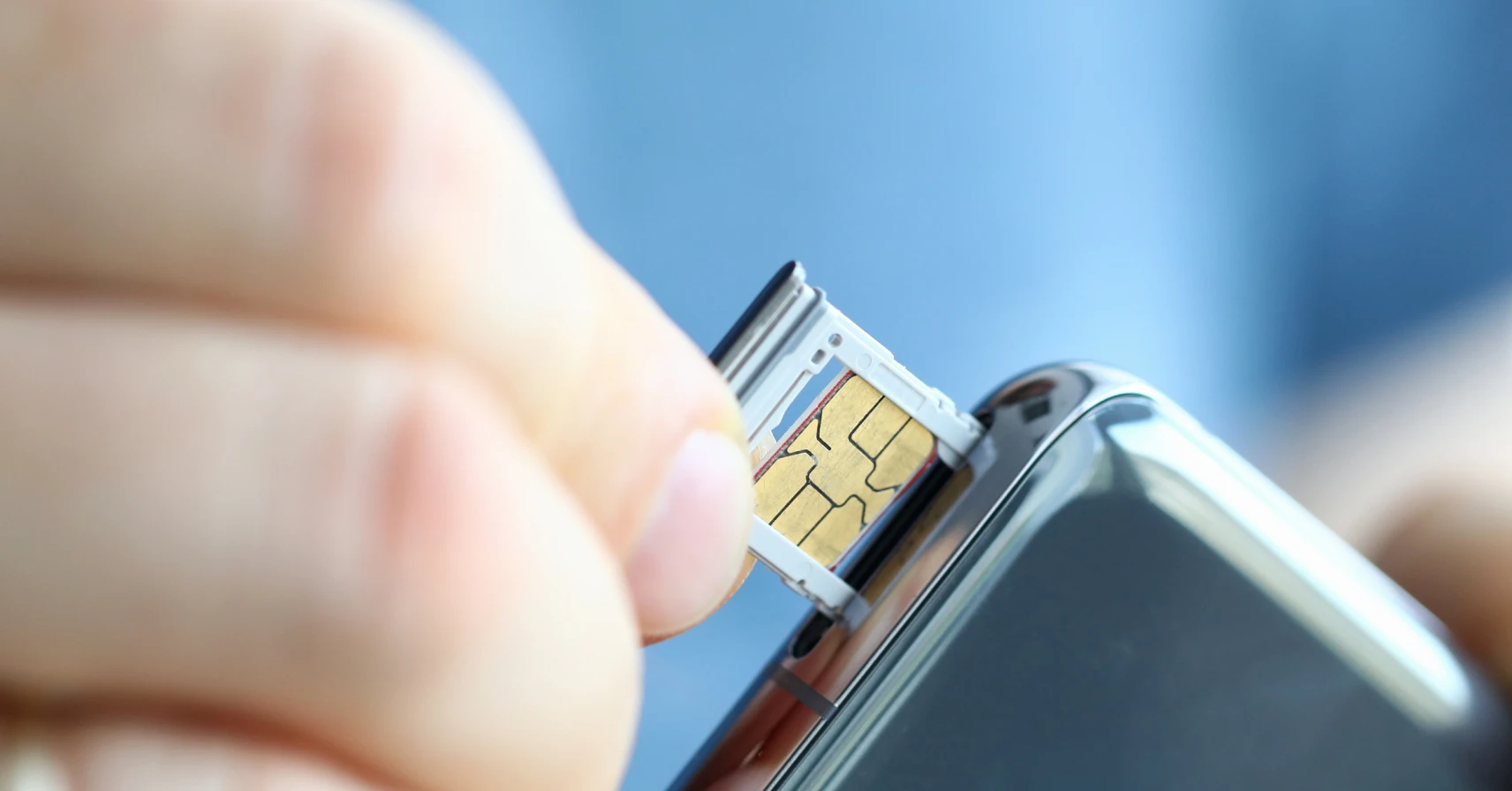Phones
What is the Latest iOS Version on iPhone?

Table of Contents
Wondering what the latest iOS version is for the iPhone? Updates for operating systems can be super confusing for those of us who don’t work in technology or speak programming.
Apple’s updates are numerical, but it’s still difficult to keep track of all the new versions and what they mean. If you’re trying to learn more about the latest updates, features, and functions, we’re here to help.
As a quick overview: On September 18, 2023, Apple released iOS 17, giving users big improvements to some major features, including messages and FaceTime. But that wasn’t all.
Since September, they’ve released several updates to improve functionality and fix bugs, with 17.0.1 released almost immediately on September 21, 2023. More updates were released over the following months, culminating in the latest public release of 17.4 on March 5, 2024.
And Apple has not finished its improvements. The next version, iOS 17.5 beta, was already released to beta testers on April 2, 2024. This new version is specifically designed for EU users.
If this all sounds confusing, don’t worry. In this post, you’ll get a quick overview of iOS and the different operating systems for Apple and Android. We’ll also break down the updates when they were released and what benefits you can expect if you update or upgrade.
Looking for a new iPhone to take advantage of the latest updates? Find the best deals with our free, unbiased Phone Finder.
What is iOS?
Apple first released iOS in 2007 with the release of the very first iPhone, ushering in a new era of mobile interaction with its intuitive touchscreen technology.
To backtrack, the letters OS stand for operating system. Every device has an operating system, but iOS is unique to iPhones –– predictably, iOS stands for iPhone operating system.
The original iOS was based on the Mac OS used to run Macintosh computers, but they are not the same. Apple has unique operating systems for different devices, such as Mac OS for computers and laptops and watchOS for Apple watches.
By comparison, Android uses an OS. It’s an open-source operating system Google launched in 2008 to compete with the iPhone. OS and iOS are the two most popular operating systems, and they each have pros and cons.
iOS is designed and used specifically for Apple iPhones. Android OS is designed for all other smartphone manufacturers.
What Devices Run iOS 17?
If you have an older iPhone, you might wonder if it’s the right model for iOS 17. Are there gigabyte requirements for the phone? Or do you need a specific model number to run the latest OS?
Lucky for you, there’s a complete list of compatible devices. These devices can update to iOS 17:
- iPhone 15
- iPhone 15 Plus
- iPhone 15 Pro
- iPhone 15 Pro Max
- iPhone 14
- iPhone 14 Plus
- iPhone 14 Pro
- iPhone 14 Pro Max
- iPhone 13
- iPhone 13 mini
- iPhone 13 Pro
- iPhone 13 Pro Max
- iPhone 12
- iPhone 12 mini
- iPhone 12 Pro
- iPhone 12 Pro Max
- iPhone 11
- iPhone 11 Pro
- iPhone 11 Pro Max
- iPhone Xs
- iPhone Xs Max
- iPhone XR
- iPhone SE
- iPad Pro second generation and later
What is the Current iOS Version?
iOS 17.4.1 is the current version. It was released on March 21, 2024, to provide security updates and enhancements to iOS 17.4, which was released on March 5, 2024.
One primary reason for iOS 17.4: Compliance with the EU’s Digital Markets Act to allow EU users to purchase apps from alternate marketplaces. Apple also added new features to help keep users safe when downloading apps through third-party venues.
This update also adds a few user experience and safety features for those in the US and other markets, such as:
- Apple cash account updates: Apple adds virtual numbers, making it easier to use Apple Cash, even when Apple Pay isn’t an option.
- Additional emojis: Apple has added several new emojis to give you more options in your texts and messages.
- Security measures for messaging: New post-quantum cryptography promises more secure messaging.
- Apple podcast updates: New transcript features let you read along with podcasts, and added accessibility features make the experience more enjoyable for everyone.
- Stolen device protection: This feature adds security options to protect your device.
In addition to these, there are numerous bug fixes and enhancements to existing functionality.
All these new features might make you want to upgrade your phone.
If you’re thinking about a new device and you’ve seen the popular ads boasting a free iPhone, make sure you check out our article iPhone On Us | What’s the Catch?
iOS 17 New Features
As detailed above, iOS 17 brought many small and large changes to enhance user experience and fix detected bugs. The original update included a StandBy mode to watch the full screen while charging. The update improved AirDrop and NameDrop with added features to connect and share contacts. Other improvements include faster keyboard communications, widget updates, Music, and more.
Previous versions include:
- 17.0.1, 17.0.2, 17.0.3: All these updates fixed bugs detected after launch and included security updates to keep users safe.
- 17.1: Released on October 25, 2024, this update enhanced the functionality of AirDrop, Apple Music, StandBy, and more. It also included security features, privacy features, and bug fixes.
- 17.1.1 & 17.1.2: These updates included bug fixes and security updates.
- 17.2: Released on December 11, 2024, this update added a new Journal feature, as well as enhancements to weather widgets, messages, the camera, and more.
- 17.2.1: This update included bug fixes and security updates.
- 17.3: Released on January 22, 2024, this update enhanced lock screen functionality, added emoji reactions to playlists, and added measures to increase the security of Stolen Device Protection features, as well as other bug fixes and security updates.
- 17.3.1: This update fixed a duplicate typing issue and added security updates.
How to Update iOS 17
Your device likely automatically installed updates that were available. But in some cases, you’ll have to update manually. Luckily, Apple made the process easy to do.
To make sure you have the most recent update:
- Open your Settings.
- Navigate to “General”.
- Click “Software Update”.
From this screen, you can see what version you are currently using. If it’s not the most current version, your iPhone will direct you to either “Download and Install” or, if the device downloaded the latest version but didn’t launch, it will direct you to “Install Now.”
How Often Does Apple Release a New iOS?
Apple releases new iOS versions every year to coincide with their new releases. Usually, the big iOS version releases in the fall. For instance, iOS 17 was released on September 18, 2023.
Smaller updates occur as needed –– often six weeks to one month between enhancement updates. For instance, iOS 17.2 was released on December 11, 2023, and 17.3 was available on January 22, 2024.
Smaller updates, such as 17.0.1 or 17.1.1, are released as soon as bugs are detected to enhance security and fix known issues.
What Could iOS 18 Bring?
It’s a little early to know for sure, but we expect some big changes to benefit user experience when Apple rolls out iOS 18 in the fall of 2024. They’ll be releasing updates at the developer conference in June, but rumors have it that this will be among the most sweeping and exciting updates so far.
We expect the update to be available for all of the devices that can update to iOS 17. We’re also expecting AI to take a big role in the advancements, including Siri enhancements and chatbot features.
The Bottom Line
Apple phones are highly prized for their look and feel. But the powerful iOS running behind the scenes is just as impressive.
Looking for a new iPhone that can run iOS 17? Our free, unbiased Phone Deal Finder can help you find the best one for you.
SOURCES
About iOS 17 Updates | Apple Support
iOS 17.4: All the Latest Features on Your iPhone Explained | CNET
iOS 17 Super Guide: Everything You Need to Know About the Latest Update | Macworld
iOS 17.5 Beta 1: Here’s What Could Be Coming to Your iPhone Soon | CNET
Difference Between iOS and Android | Geek for Geek
iOS 17.4 Has Arrived With Major App Store Changes, New Emoji, and More | Macworld
iOS 18 AI Features Will Change the Game for iPhone Users | Forbes
Plan Comparisons
Stay In the Know
Get the best deals and latest news on phone releases, new plans and more delivered to your inbox.


.webp)






.png)

